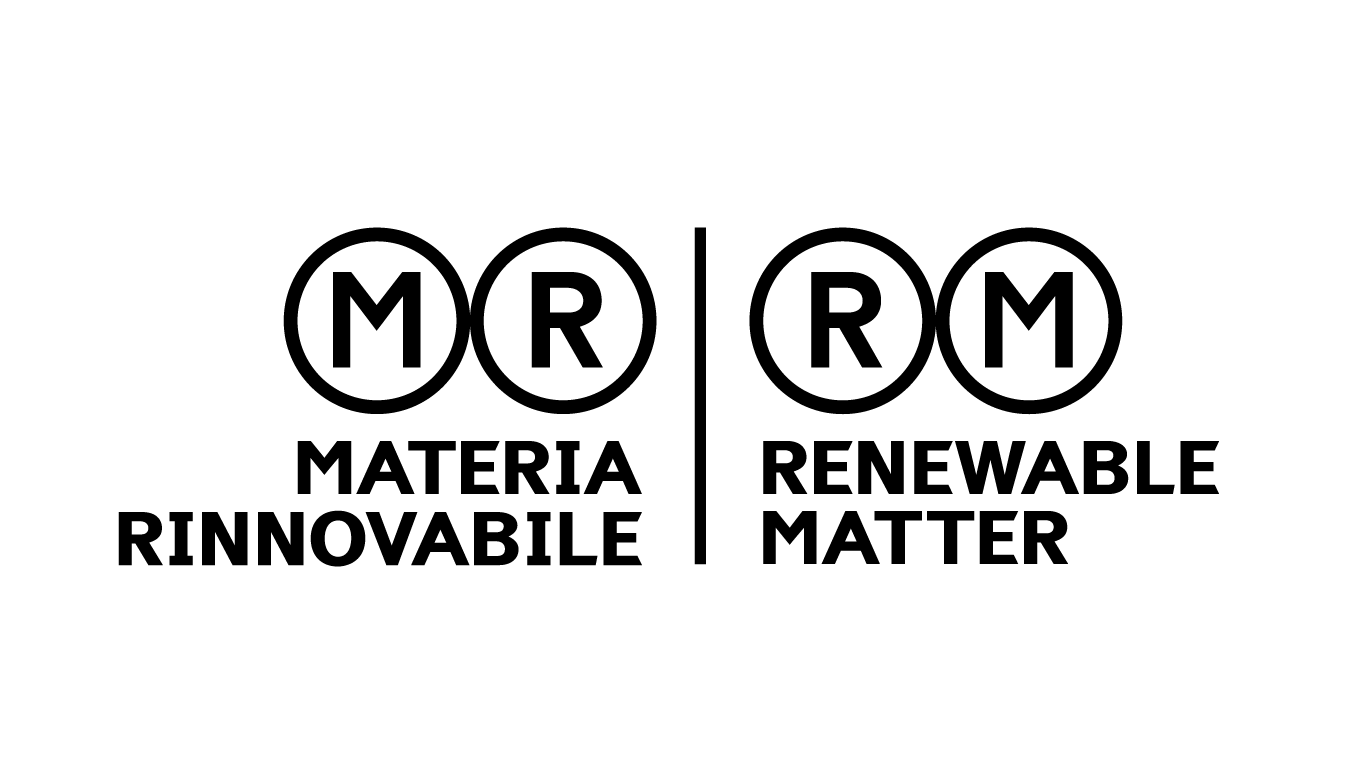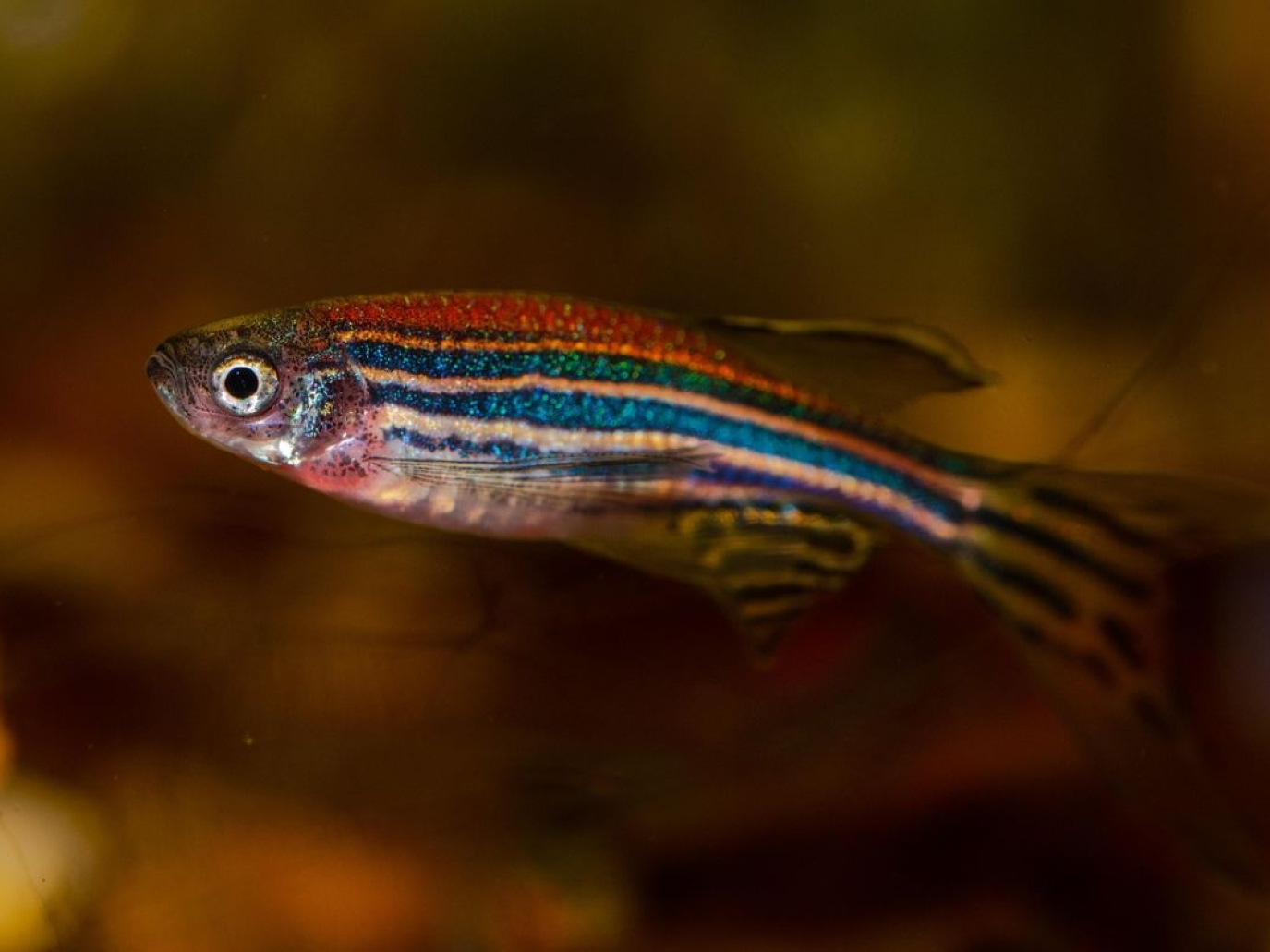
A total of 382,000 fish have been used in completed, ongoing and pending tests required under the European REACH regulation (Registration, Evaluation, Authorisation and Restriction of Chemicals) to assess the safety of chemical substances. This figure comes from an analysis titled Fish Count, Too, commissioned by the non-profit organization Humane World for Animals and published in the scientific journal ALTEX on October 10, 2025.
It is the first study to provide a comprehensive quantification of the impact of REACH testing on aquatic animals, revealing significant and growing numbers due to recent regulatory changes. For this reason, Humane World for Animals calls for a review of the testing requirements and methods used in safety assessments, with the goal of reducing the use of animals—recognized as sentient beings capable of experiencing pain. Although animal testing remains widespread, alternative methods are increasingly available in many cases.
The study’s findings
The new analysis, which builds on previous research, shows that more than 4.2 million mammals have already been used in systemic toxicity studies required under the REACH regulation. The study focuses in particular on fish populations, highlighting how recent amendments to European Union regulations could further increase the use of fish in experiments, potentially involving between 530,000 and 690,000 specimens. One of the most commonly used species in toxicity testing is the zebrafish, a striped, social animal known for its remarkable cognitive abilities.
As of today, the regulation—considered essential for ensuring chemical safety in the EU—allows the use of animal testing only as a last resort, when no alternative methods are available. However, “the scale of testing revealed in our analysis raises fundamental questions about whether REACH is delivering protection in the most effective and proportionate way,” explains Antigoni Effraimidou, senior program director for institutional policy at Humane World for Animals Europe. “Chemical safety must remain paramount—but we can and must achieve it through modern non-animal methods that strengthen health and environmental protection outcomes.”
An alternative to animal testing
In force since 2007, REACH is currently undergoing a revision process that has already been postponed several times—it was initially scheduled for 2022. The goal is to update the regulation in line with new environmental and health objectives, strengthening safety criteria for emerging harmful substances such as PFAS. According to Humane World for Animals, this makes it the ideal moment to also review data collection requirements, replacing acute fish toxicity tests, bioconcentration studies, and other animal-based experiments with innovative, non-animal methods.
The animal welfare organization calls for more efficient use of resources and for enhanced chemical safety through stricter adherence to existing guidelines, which already stipulate that animal testing should be used only when strictly necessary. It also proposes the creation of a scientific committee within the European Chemicals Agency (ECHA) dedicated to promoting the use of non-animal methods.
“These findings show that Europe’s chemical safety system remains rooted in outdated animal models, even as better scientific tools are available,” highlights Jay Ingram, managing director for chemicals at Humane World for Animals. “Modernising REACH is not about lowering standards—it’s about raising them, by using advanced approaches that better protect people, ecosystems and animals alike.”
Cover: photo Pixabay



